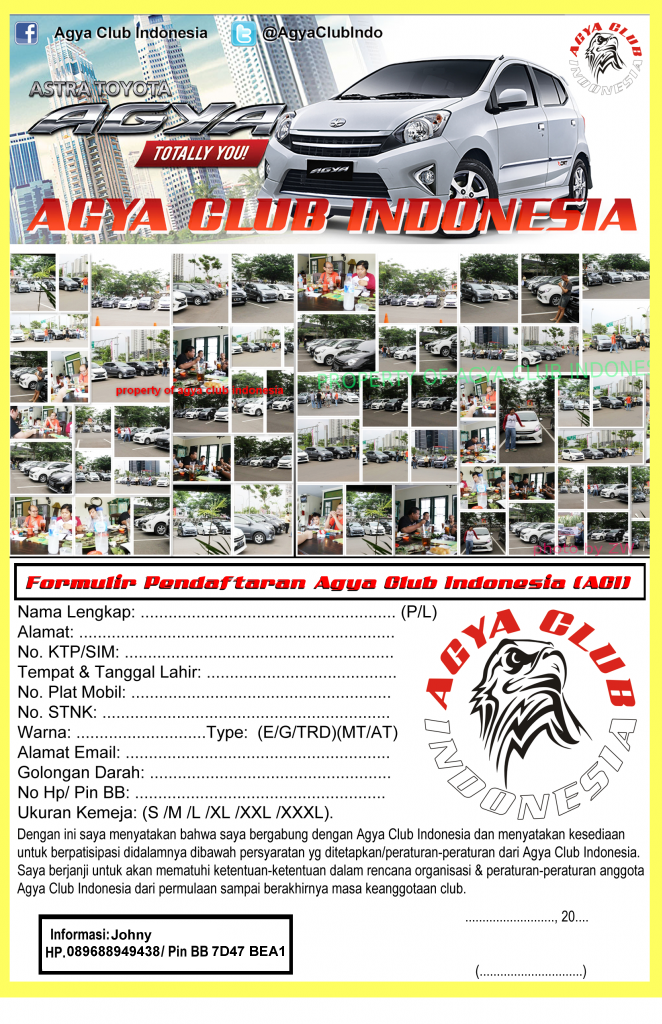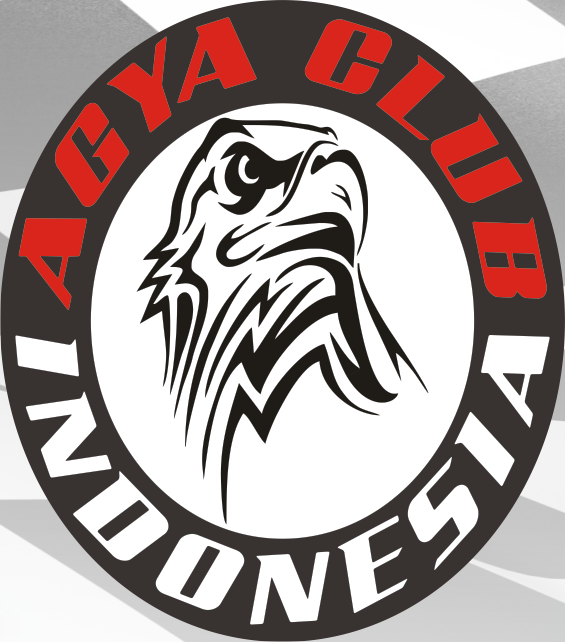The Toyota Production System has been highly influential in mass manufacturingCreated like a giant Scalextric track, the Japanese company’s new production line is set to revolutionise the way that it makes cars
Toyota has long been recognised as the king of production line philosophy.
The highly influential Toyota Production System (TPS) was developed and refined over the decades after World War 2 by the Japanese company.
It’s widely held that Toyota – primarily in the form of company founder Kiichiro Toyoda and engineer Taiichi Ohno – also came up with the principle of ‘just-in-time’ production, which was a further advance on TPS.
The success of these philosophies was so all-encompassing that Toyota was called in to advise Porsche at the start of the 1990s, when the German manufacturer was close to collapse.
Some of the principles involved became well known across the world. Phrases such as ‘Kaizen’ (roughly, continuous improvement) and ‘poka-yoke’ (systems to prevent errors) became common currency in academia and business schools. Indeed, attempts were made to adapt what began in the car factory to improve the functioning of all sorts of businesses, many not remotely involved in manufacturing.
Ultimately, the TPS is based around the idea of eliminating waste of all kinds during the production process. The ‘wastes’ have been boiled down to seven broad categories. These include over-production, too much stock, too many manufacturing operations, delays in the flow of components and what’s called the ‘production of defects’. The idea of stopping a whole production line until a fault was fixed was another widely adopted Toyota innovation.
The rise and rise of just-in-time production has probably done most to change the face of car manufacturing over the past three decades. Toyota’s principle of having components arrive just in time at the production line, so they could be fitted immediately, has led to the growth of huge supplier parks around factories.
However, Toyota has spent the past four years in a root and branch rethink of the principles of mass production, resulting in what is arguably the most significant reboot of the modern production line principle since Henry Ford’s 1913 Model T line began rolling.
It was, executive vice-president Mitsuhisa Kato told Autocar, the fall of the Lehman Brothers bank in 2008 (it collapsed, helping to trigger the credit crunch that followed) that made “Toyota stop and change direction”.
Toyota’s internal figures show that, in the wake of the global recession, sales collapsed from more than 8.5 million units in 2007 to less than 6.4m in 2009. Now, considering the extent of that recession, you might think that shifting that many new cars was an impressive achievement. And maybe it was. But the nature of mass production means that factories have to be run at more than 75% of their capacity for a manufacturer to have a chance of making a profit.
The hard figures show that Toyota’s profits in 2007 were around £13 billion on sales of 8.54m units. In 2008, that revenue dropped by just under 10% and Toyota collapsed into a loss of £2.6bn.
After Toyota chiefs moved to tighten up the company’s operations, it edged into profit in 2009 on sales of 6.37m. So they figured out that the company had ‘excess capacity’of about 2.17m units.
This shock to Toyota’s business model resulted in what the company called a “period of rethinking” between 2009 and 2011. The company pledged not to build any new factories until 2016 while it went back to the drawing board and completely rethought its business model.
Clearly, if they could make the company profitable in a worst-case sales situation, they would achieve what the company now calls “sustainable growth”. However, simply shrinking factories would not work, because that would prevent sales growth.
Although the company had become famous for refining the production process, Toyota had not addressed the thorny issue of capacity. Keeping factories running at high capacity can be very difficult. Demand may fall for individual models because of a market downturn or because the models haven’t hit their sales predictions.
The key issue, Toyota’s engineers concluded, was that as long as a factory had a fixed capacity, the business was vulnerable to unexpected market shifts.
So the answer was easy: come up with a new kind of factory that could have its production lines made longer or shorter, depending on customer demand. But while the answer was easy, the execution would demand that everything understood about modern production lines would have to be binned. Which, to a great extent, it has been.
This newest TPS, which the company has been working on for the past few years, pivots around a new kind of production line conveyor belt. This is made in sections andlaid directly onto the factory floor, rather than being dug into a pit. In simple terms, it’s a bit like clipping together a Scalextric track.
The fact that this new type of conveyor line can be changed in length means that much of the line-side production equipment also has to be movable.
To this end, Toyota engineers have gone back to hands-on engineering and designed their own new equipment for tasks such as delivering boxes of components to the line-side or supporting doors as they are bolted to the bodyshell.
This kit, which Toyota gave Autocar a sneak preview of at its Japanese HQ, is lighter and simpler and executed like a giant Meccano set. Unlike conventional monolithic production equipment, which has a lifespan of at least a decade, Toyota’s new approach allows its production equipment to be dismantled and reinvented rapidly.
Keen to impress upon us the revolutionary nature of this new production line, Toyota showed a short video of a line being extended to add an extra working station. It took just under 80 minutes.
Another pillar of modern mass production – overhead conveyors – has also bitten the dust in the new TPS. New-generation factories will have all their production work and movement carried out at ground level.
This, in turn, means that future factory buildings can be much simpler – they don’t need a heavy structure to support the overhead production lines – so they can be one storey high, can be at least partly built from timber and should allow daylight to (mostly) illuminate the factory floor.
This new philosophy is known within Toyota as “no hanging” (production equipment from the roof) and “no digging” (a fixed-length pit for a conventional production line).The hard claims by Toyota for this production revolution are compelling. The new-generation factories will be 25% smaller, require 40% less investment and reduce energy use enough to enable a 55% drop in CO2 output.
These new production lines will be able to expand and contract between an annual capacity of 50,000 and 100,000 units. Toyota also claims that different models can be built sequentially, matching customer orders, rather than similar cars being built in batches of 50 or so.
On paper, this reinvention of the car factory looks like it could give Toyota a massive advantage over the competition (although the new production system will only be rolled out as aging plants are updated, rather than introduced en masse).
Moreover, Toyota says the majority of the money saved will be invested in “improving the customer appeal” of new models based on the Toyota New Global Architecture (TNGA).
As the new factory system is rolled out over the next few years, Toyota could deliver rivals a knockout blow by a brilliantly original rethink of the fundamentals of mass production.
Simplify and make slim
there are parts of the production process that are fixed and cannot be reborn as lightweight, portable equipment. So Toyota has reinvented this equipment, too, under the heading ‘simple and slim’.
Toyota’s conventional paint booth was a massive 187 metres long and 10m high. The new one is 149m long and 6.5m high.
Spot welding will be replaced by Toyota’s own Laser Screw Welding (LSW), which can complete a weld in between 0.3sec and 1.0sec. Conventional spot welding takes between 2.0sec and 2.5sec.
Even more remarkable, LSW can weld both steel and aluminium panels and Toyota says the number of welding actions on the body welding production line can be reduced from eight stations to just five.
More ‘simple and slim’ equipment includes a new bumper-moulding machine that reduces the injection time from 60 seconds to just 24. Different bumper designs can also be made in sequence, with the time needed to change the die reduced from 60 seconds to just 27.
Toyota is also working on new ways to power these factories (especially during a power outage) using chemical heat traps, solar panels to generate electricity and hot water, and defunct Prius batteries for storage.
Get the latest car news, reviews and galleries from Autocar direct to your inbox every week. Enter your email address below:
from Autocar RSS Feed http://ift.tt/1FfRGld
via AGYA











